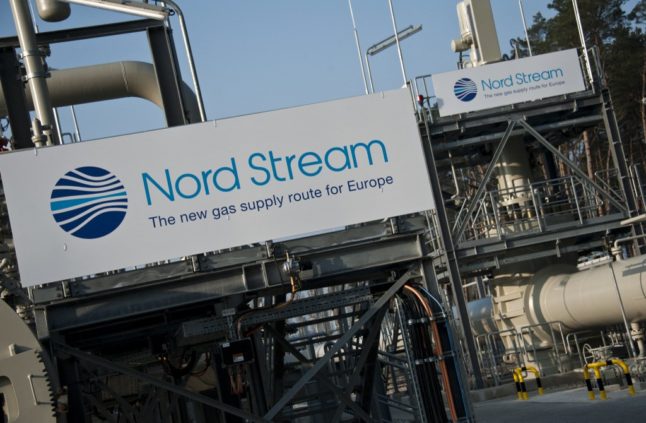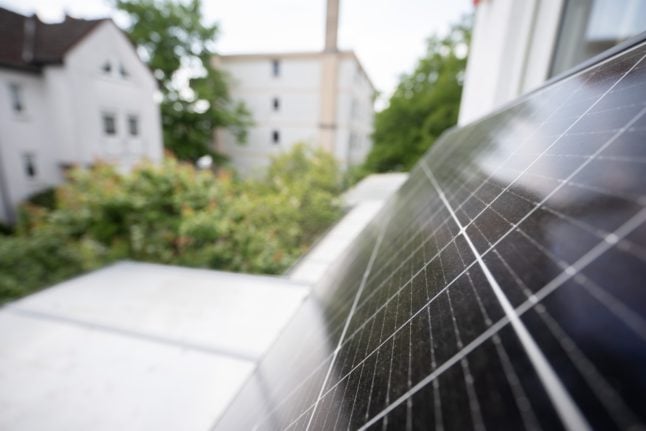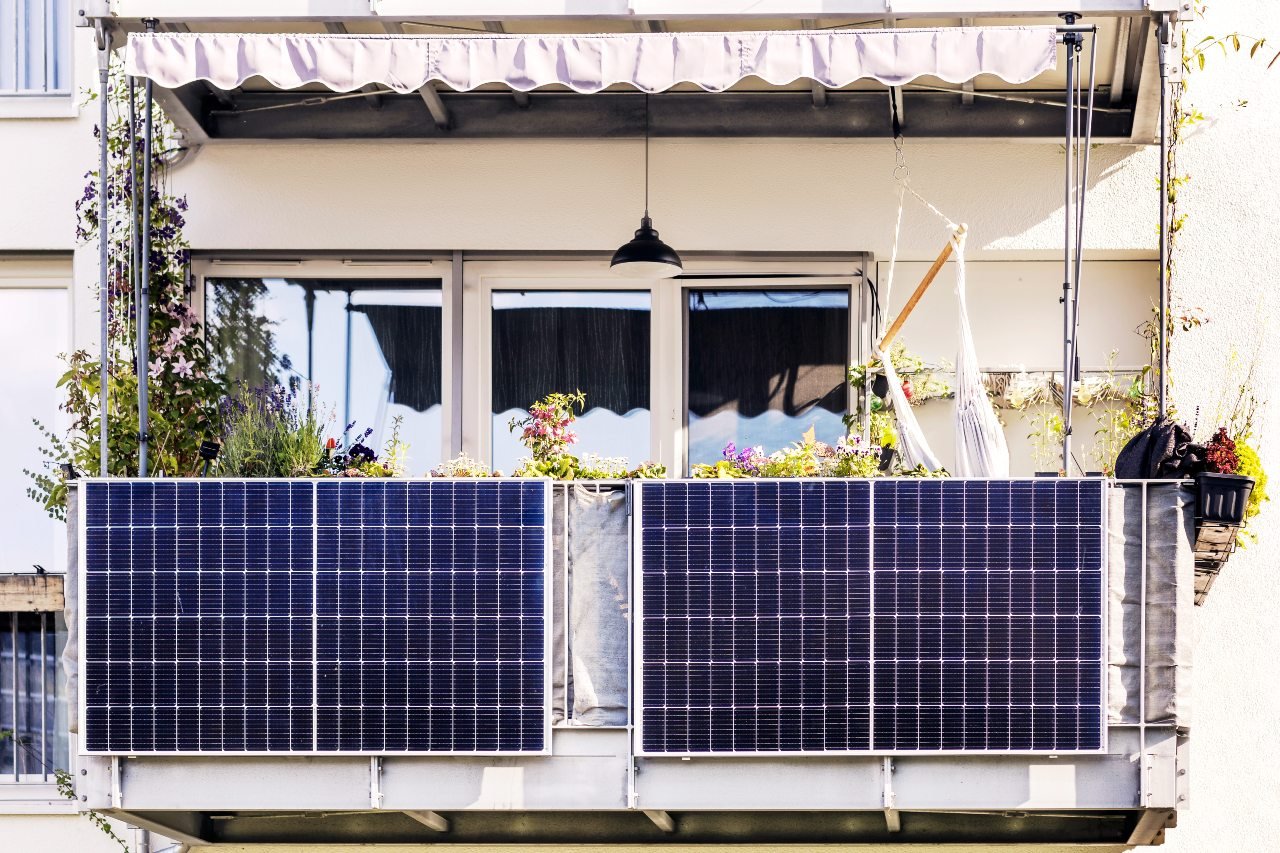Germany is seeking to bolster waning energy supplies, but Ukraine has accused Berlin of giving in to Russian “blackmail” after Moscow blamed reduced supplies on the need for repairs, not market conditions amid the Ukraine war.
The turbine is currently undergoing maintenance at a Canadian site owned by German industrial giant Siemens.
Russian energy behemoth Gazprom last month blamed the issue for a reduction in supplies to Germany via the controversial pipeline, with Berlin facing a serious energy crisis.
Berlin says it has been in regular contact with Ottawa in recent weeks in order to ensure the turbine’s swift transfer back to Europe without Canada falling foul of Ukraine-related sanctions against Russia.
German government spokesman Steffen Hebestreit said on Friday that Berlin — already concerned by a wider pipeline maintenance session set to start Monday and for around ten days — had received “positive signals” from Canada.
READ ALSO: How Germany is saving energy ahead of uncertain winter
The German finance ministry indicated that “if it makes taking the decision easier for the Canadians in the legal sense,” Germany could propose Ottawa send Berlin the machinery rather than to Gazprom and Russia.
While not accepting maintenance issues as the reason for Russia cutting supplies, Germany says the return of the turbine would deprive Moscow of an excuse to keep supplies significantly below normal levels.
As the German finance ministry said it was investigating whether return of the apparatus to Russia would constitute sanctions busting by Canada, Ukraine urged the Canadians not to return the turbine.
“We are asking Canada to not return the Gazprom turbine to Germany, but to Ukraine,” Sergiy Makogon, the chief executive officer of Ukraine’s gas transmission system OGTSU wrote on Facebook earlier.
Makogon said Ukraine’s own pipelines were capable of transporting sufficient volumes of gas to Germany to make up for the falloff in Russian supplies.
READ ALSO: German households could see ‘four-digit’ rise in energy costs this winter
“Ukraine can transport the totality of the Nord Stream volume,” said Makogon, referring to the Yamal pipeline which passes through Poland but on which Russia has placed its own sanctions.
Makogon, who has previously stated that a “significant” proportion of the Nord Stream 1 gas transit volume should be rerouted to Ukraine, insisted that “we must not submit to Kremlin blackmail.”
Last month, Yuriy Vitrenko, the head of Ukraine state energy company Naftogaz, accused Gazprom of limiting gas supplies to Europe “for far-fetched and illegal reasons, justifying this by saying Nord Stream 1 is not operating
at full capacity.”
The Kremlin said Friday that it would step up Nord Stream deliveries once the turbine is in place following its maintenance.




 Please whitelist us to continue reading.
Please whitelist us to continue reading.
Member comments